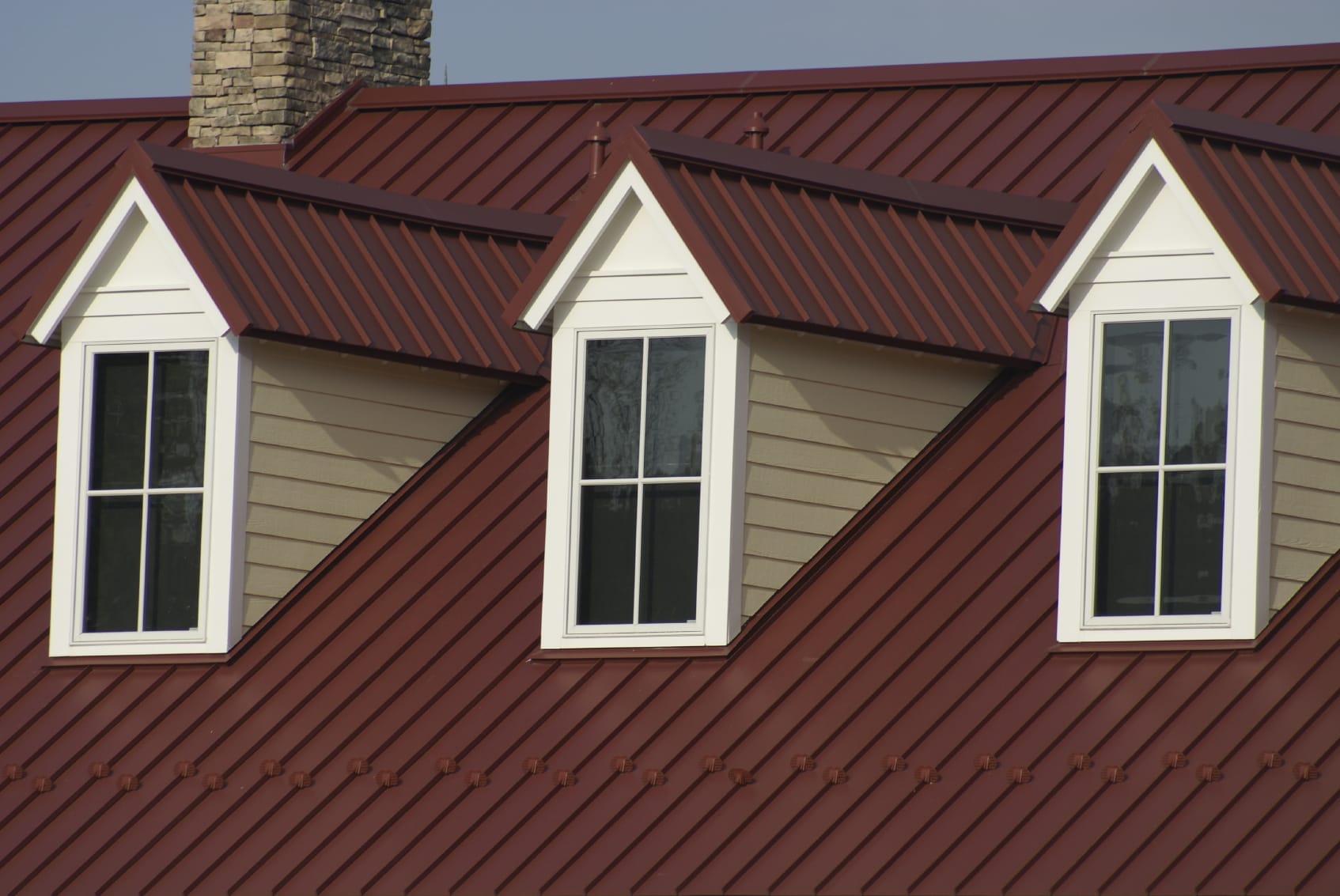Roof inspections are essential for identifying potential points and ensuring the longevity of your roof. Regular inspections might help detect issues early, preventing costly repairs or replacements down the road. Here are some widespread methods and steps for conducting a roof inspection:
Visual Inspection:
a. Exterior Inspection:

Start by inspecting the roof from the bottom using binoculars or by safely climbing onto a ladder to get a closer look.
Look for seen signs of injury, corresponding to missing or broken shingles, curling or buckling shingles, or free or deteriorated flashing round roof penetrations.
Check for particles, moss, algae, or lichen growth on the roof, which may indicate moisture-related points.
Inspect the gutters and downspouts for granules from shingles, as extreme granule loss can signal shingle put on.
b. Interior Inspection:
Go into the attic or crawl area and inspect the underside of the roof deck for indicators of leaks, moisture, or water stains.
Look for daylight coming by way of cracks or holes in the roof deck, which may indicate roof harm.
Check for indicators of insulation injury, mold, or mildew development, which might outcome from roof leaks.
Roof Walk:
a. If it is protected to do so, walk on the roof floor to examine it up close.
b. Be Tin Roofing Campbelltown and put on acceptable safety gear, similar to non-slip shoes and a safety harness if wanted.
c. Look for any soft or spongy areas, which may indicate underlying harm.
d. Check for loose or damaged roofing materials, in addition to indicators of damage and tear.
Moisture Detection:
a. Use a moisture meter to detect hidden moisture within the roof structure and insulation.
b. Moisture detection might help determine leaks or areas of potential water intrusion that may not be seen.
Drone Inspection:
a. Drones outfitted with cameras can present a comprehensive view of the roof surface without the need for direct physical entry.
b. A drone inspection could be especially helpful for bigger or hard-to-reach roofs.
Professional Inspection:
a. Consider hiring a professional roofing contractor or inspector to conduct a radical inspection.
b. Professionals have the expertise, tools, and experience to determine issues that is in all probability not apparent to a home owner.
Documentation:
a. Document your findings with photographs and notes to create a document of the roof's condition.
b. This documentation can be helpful for monitoring changes over time and for insurance claims or repairs.
It's necessary to perform roof inspections often, ideally at least every year, and after severe weather occasions like storms. Additionally, if you're not snug or assured in your ability to perform a roof inspection safely, it's advisable to hire a professional roofing skilled to make sure a thorough and accurate evaluation of your roof's condition..
